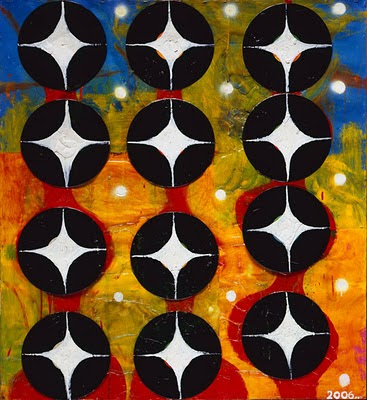 A Siren and a Centaur, unknown artist, about 1270. From a Bestiary authored by Hugo of Fouilloy, Flandres
A Siren and a Centaur, unknown artist, about 1270. From a Bestiary authored by Hugo of Fouilloy, FlandresThe splendor of the late medieval court of the dukes of Burgundy evokes the legendary Camelot. Its magnificence was expressed in lavish banquets, pageants, and tournaments, as well as luxury goods such as tapestries, paintings, metalwork, and particularly illuminated manuscripts.
This exhibition traces the tradition of Netherlandish manuscript painting from the 12th century to its extraordinary flowering in the 15th and 16th centuries. By the mid-1400s the Burgundians held sway over much of the Netherlands, including the prosperous Flemish towns of Ghent and Bruges (in present-day Belgium) and the Dutch city of Utrecht—all important centers of manuscript production. At this time Netherlandish books, especially from Ghent and Bruges, dominated the European market. They were created for an international clientele of princes, dukes, cardinals, bishops, and wealthy burghers.
The image above is from a bestiary, a collection of moralizing descriptions of real and mythical beasts, and one of the most popular books of the 1200s in northern Europe. The bird-women Sirens lured sailors to their deaths with song, and represented worldly temptation. Centaurs, whose human appearance above the waist belied their beastly nature below, represented hypocrisy.
This exhibition traces the tradition of Netherlandish manuscript painting from the 12th century to its extraordinary flowering in the 15th and 16th centuries. By the mid-1400s the Burgundians held sway over much of the Netherlands, including the prosperous Flemish towns of Ghent and Bruges (in present-day Belgium) and the Dutch city of Utrecht—all important centers of manuscript production. At this time Netherlandish books, especially from Ghent and Bruges, dominated the European market. They were created for an international clientele of princes, dukes, cardinals, bishops, and wealthy burghers.
The image above is from a bestiary, a collection of moralizing descriptions of real and mythical beasts, and one of the most popular books of the 1200s in northern Europe. The bird-women Sirens lured sailors to their deaths with song, and represented worldly temptation. Centaurs, whose human appearance above the waist belied their beastly nature below, represented hypocrisy.
The J. Paul Getty Museum 24.08.2010 - 06.02.2011
Website : The J. Paul Getty Museum
Website : City of Los Angeles
FIC123.BE een website met info en cultuur.



